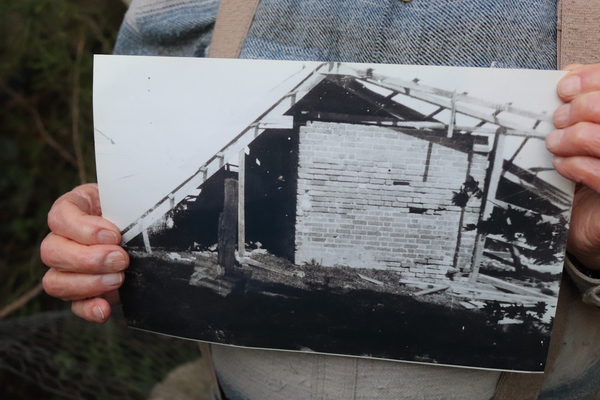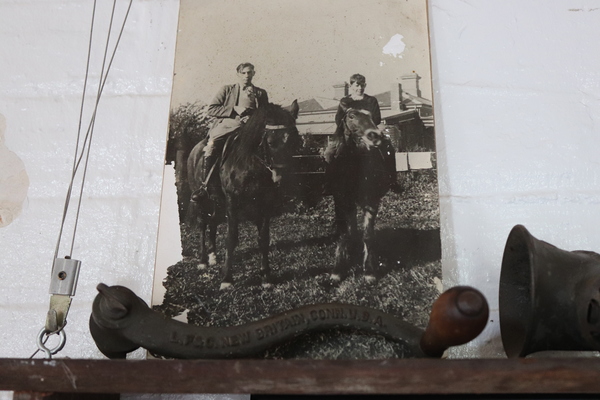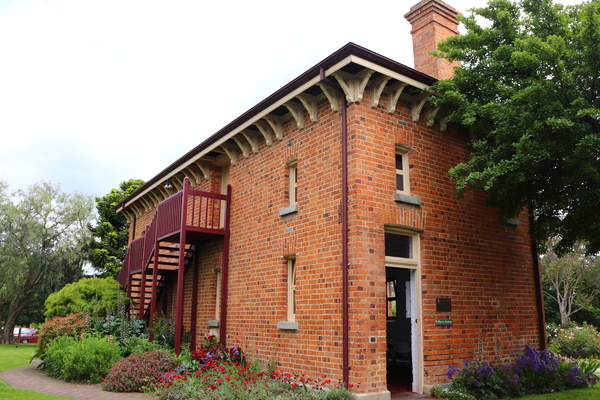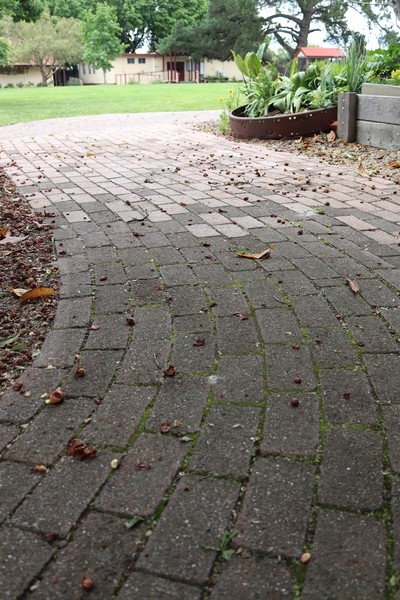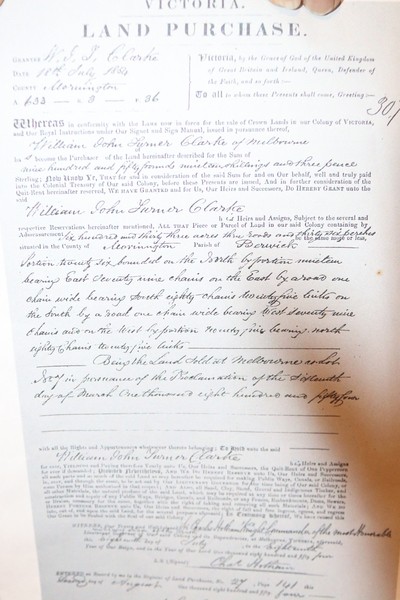
By Danielle Kutchel
The Old Cheese Factory stands amidst verdant grounds in the centre of Berwick, a colourful reminder of old times – but those times weren’t so long ago for Neville Hatten, as Danielle Kutchel discovered.
“It was a wonderful place to live in for a child like myself.“
Mr Hatten was lucky enough to grow up at the Old Cheese Factory back when it was a home for discharged soldiers.
His father, discharged in 1918 after fighting in the First World War, was awarded a soldier settlement at the Old Cheese Factory.
It was Mr Hatten’s father’s second soldier settlement, as his first, on a farm in rural Victoria, was “a terrible struggle”.
“My parents got along for four or five years, then got into the Depression years. My dad had a certain amount of wounds from the war but he wasn’t in the best of health and it became a fearful struggle.
“In the mid-1930s, they realised they were never going to be able to make a go of the farm, what with the economic times combined with his poor health and a number of other reasons,” Mr Hatten recalls.
The family relinquished the farm to the government and walked away with virtually nothing.
At the beginning of 1936 when Mr Hatten was just nine years old, the family was granted a settlement at Berwick, at the Old Cheese Factory.
Moving there was a big change for the wide-eyed little boy.
“We moved into this great big brick mansion at Berwick on top of the hill. The fact it was on top of a hill was quite a big thing for us,” Mr Hatten says.
“My brother and I had lived our lives to that stage on the flatlands in Kyabram where there was only one hill far away in the distance. I used to think it must be lovely to climb up a big hill. When we got to Berwick, it was quite an experience.”
At the time, potatoes had been planted right up to the house on the hill, which needed to be cleared away before the family could move in. The house needed painting and Mr Hatten and his brother helped paint around the iron latticework.
There was ongoing upkeep though, including issues with dampness and water.
“We always were unsure about the foundations and I don’t think they ever put in proper damp proofing. Moisture would seep into brick walls and there would be wet patches showing around rooms which used to drive my mother mad because you couldn’t get rid of it,” he says.
The buildings back then included the Old Cheese Factory itself, a washhouse, a lavatory in the middle of the main drive (“any person driving in, the first thing they saw was this old brick lavatory!” Mr Hatten exclaims) and the milking shed, a long, low, gable-roofed building.
Mr Hatten speaks fondly of the milking shed and says it was “a great pity” when one day it was pushed over in high winds. He still hopes to have it immortalised in a painting one day.
“The whole building just slid sideways onto the ground and the whole thing collapsed,” he sighs.
“There wouldn’t be too many people alive who would remember that shed.”
His father used the bricks from the shed to make pathways around the house.
His mother, a keen gardener, designed the garden with the help of a neighbour who was also a landscaper. That garden remains today and is now used for weddings.
“We looked after the place. It was a wonderful place to live in for a child like myself,” Mr Hatten recalls.
He has a number of fond memories of growing up on the grounds.
“My father built us a tennis court. We levelled it, planted couch grass, put up wire fencing and for years we used to have tennis parties, lovely social affairs and so on, and certainly that’s one of my choice memories.
“Another choice memory though would be the availability for me to use the Old Cheese Factory. I used to lay model railway track on the top storey floor. I spent many happy hours up there fiddling with my trains and tractors.”
Other memories include climbing an old Cyprus tree, the “joy” of Mr Hatten’s life.
Mr Hatten now resides in Surrey Hills but returns to the Old Cheese Factory at least once a year to reminisce and enjoy the scenery. He’s pleased to see what the City of Casey has done with the place since his family left, describing it as a “showpiece”.
This year when he went back, he says a wedding was happening at the same time.
“It was a very pretty wedding in the garden, which is my mother’s garden area. When I go back there I feel very sentimental because I used to help with the garden that she developed over the years she was there.”
One of Mr Hatten’s jobs as a child was to collect milk from a nearby farm which was leasing some of the land from the Old Cheese Factory. Sometimes he would ride a horse, sometimes a bike, and other times he would simply walk down through the empty farmland.
“All that area is now red-roofed houses. Unbelievable!” Mr Hatten says.
“There was a big drainage channel there because it was a very swampy area … but now it’s completely covered. I stare open-mouthed at it.”
Though the development is a surprise, he says he isn’t sad.
“I class myself as a very sentimental guy; I have a lot of nostalgia for old times. You can call it sad if you like, but it’s inevitable. It’s part of life. You get old, things change. If you look back on some wonderful times you’ve had, it’s lovely to think of them, but they’re all gone now and it’s no good crying about it. Got to press on!”
In a way though, Mr Hatten says he never really left the place. Even after marrying in 1954, he would visit his parents frequently and stay at his childhood home with them as they aged.
“I still love going back there, sitting there and looking at the place and thinking of things I used to do. I’m sentimental to a fault.
“We were lucky, incredibly lucky to get that place.”


